Tokyo continues its unprecedented reign as the world’s Michelin star capital for the 19th consecutive year since the guide’s debut. With 274 establishments featured in the 2026 edition, Tokyo surpasses every other global city across all categories: 12 three-star restaurants, 26 two-star establishments, 122 one-star venues, and 114 Bib Gourmand selections spanning 27 distinct culinary genres.
This comprehensive analysis dissects Tokyo’s 274 Michelin-listed establishments from multiple perspectives: genre distribution and percentages, the reasons behind Tokyo’s concentration of exceptional restaurants, 2026’s standout features, detailed restaurant information with video introductions and Google Maps locations, plus organized listings by category and district. Whether you’re planning a once-in-a-lifetime culinary pilgrimage or seeking the perfect neighborhood gem, this guide provides the definitive roadmap to Tokyo’s Michelin universe.
Michelin Guide Classification System
The Michelin Guide employs six distinct classifications. Three-star establishments offer “exceptional cuisine worth a special journey,” two-star restaurants provide “excellent cooking worth a detour,” and one-star venues deliver “high-quality cooking worth a stop.” Bib Gourmand recognizes restaurants offering outstanding value under ¥5,000. Selected Restaurants represent establishments Michelin believes may earn recognition in the future. The Green Star award honors restaurants that demonstrate excellence not only in culinary quality but also in environmental sustainability and ethical business practices.
In 2026, 526 establishments received these distinctions. However, Tokyo Smart focuses on the 274 restaurants that earned actual titles (excluding Selected candidates) plus 13 establishments that simultaneously received the Michelin Green Star award,.
。
Tokyo’s 274 Restaurants by Genre
2026 Michelin Guide Tokyo:
| Cuisine Type | ⭐⭐⭐ | ⭐⭐ | ⭐ | Bib Gourmand | Total |
|---|---|---|---|---|---|
| STARRED CUISINES | |||||
| French | 5 | 6 | 37 | 21 | 69 |
| Japanese Cuisine | 5 | 12 | 31 | 5 | 53 |
| Sushi | 1 | 3 | 19 | 6 | 29 |
| Chinese | 1 | 0 | 6 | 6 | 13 |
| Tempura | 0 | 2 | 9 | 2 | 13 |
| Italian | 0 | 1 | 5 | 11 | 17 |
| Innovative | 0 | 2 | 1 | 0 | 3 |
| Contemporary | 0 | 0 | 4 | 0 | 4 |
| Beef Cuisine | 0 | 0 | 2 | 0 | 2 |
| Unagi (Eel) | 0 | 0 | 1 | 5 | 6 |
| Spanish | 0 | 0 | 1 | 4 | 5 |
| Yakitori | 0 | 0 | 1 | 3 | 4 |
| Shojin Ryori (Buddhist Vegetarian) | 0 | 0 | 1 | 0 | 1 |
| Crab Cuisine | 0 | 0 | 1 | 0 | 1 |
| Creative Cuisine | 0 | 0 | 1 | 0 | 1 |
| Thai | 0 | 0 | 1 | 0 | 1 |
| Austrian | 0 | 0 | 1 | 0 | 1 |
| BIB GOURMAND ONLY CUISINES | |||||
| Ramen | 0 | 0 | 0 | 16 | 16 |
| Soba | 0 | 0 | 0 | 12 | 12 |
| Tonkatsu | 0 | 0 | 0 | 8 | 8 |
| Yoshoku (Western-Japanese) | 0 | 0 | 0 | 4 | 4 |
| Izakaya | 0 | 0 | 0 | 3 | 3 |
| Indian | 0 | 0 | 0 | 3 | 3 |
| Sri Lankan | 0 | 0 | 0 | 1 | 1 |
| Onigiri (Rice Balls) | 0 | 0 | 0 | 1 | 1 |
| Pork Cuisine | 0 | 0 | 0 | 1 | 1 |
| Southeast Asian | 0 | 0 | 0 | 1 | 1 |
| Portuguese | 0 | 0 | 0 | 1 | 1 |
| TOTAL | 12 | 26 | 122 | 114 | 274 |
Michelin Guide Tokyo by Percentage
French, Japanese cuisine, and sushi establishments represent 54% of all Michelin-recognized restaurants in Tokyo.
- French: 24%
- Japanese Cuisine: 20%
- Sushi: 10%
- Other 24 genres: 46%
18 Establishments Newly Awarded Stars in 2026
Newly Awarded Stars
Three Stars:
- Myojaku (明寂) – Japanese Cuisine – Promoted
Two Stars:
- Nishiazabu Sushi Shin (西麻布 鮨 真) – Sushi – Promoted
- Hakuun (伯雲) – Japanese Cuisine – Promoted
- Ensui (炎水) – Japanese Cuisine – Promoted
One Star:
- Sushi Yuki (鮨 ゆうき) – Sushi – Promoted
- KIBUN (氣分) – Contemporary – Promoted
- Sushi Miura (鮨 みうら) – Sushi – Promoted
- Sassa (佐々) – Japanese Cuisine – New
- MANOIR (マノワ) – French – New
- Sushi Oya (鮨 大矢) – Sushi – New
- Takumi Tatsuhiro (匠 達広) – Sushi – New
- Hyakuyaku by Tokuyamazushi (百薬 by 徳山鮓) – Japanese Cuisine – New
- KHAO (カオ) – Thai – New
- Akasaka Shimabukuro (赤坂 島袋) – Japanese Cuisine – New
- EWIG (エーヴィック) – Austrian – New
- Sushi Tanaka (鮨 田中) – Sushi – New
- La Gloire (ラ グロワ) – French – New
- TROIS VISAGES (トワヴィサージュ) – French – New
Genre-Based Restaurant Navigation
Tokyo: The World’s Premier Culinary Capital
Tokyo vs. Other Global Cities: Michelin Comparison
Japanese tourism publication Kanko Keizai Shimbun provides the following analysis comparing Tokyo’s Michelin performance with other global cities:
The 2026 Michelin Guide Tokyo features 526 total establishments, with 160 earning stars: 12 three-star, 26 two-star, and 122 one-star restaurants. Additionally, 114 establishments received Bib Gourmand recognition for offering exceptional value, encompassing culinary experiences from high-end to casual dining.
Globally, Tokyo’s concentration of starred restaurants stands unrivaled. The latest data reveals Paris holds 133 starred establishments (10 three-star, 17 two-star, 106 one-star), while New York maintains 71 (5 three-star, 13 two-star, 53 one-star). Although cities like London and Osaka rank among the world’s top culinary destinations, Tokyo’s total far exceeds all others, cementing its position as the world’s undisputed gastronomic capital.
Source: https://www.kankokeizai.com/2510131200kks/
Why Tokyo Concentrates Michelin Recognition
Restaurant portal site Hitosara analyzes the concentration of Michelin-starred establishments in Tokyo as follows:
One reason Tokyo has earned its reputation as a culinary capital lies in Japan’s unique geography and climate. As an island nation surrounded by ocean with approximately 75% mountainous terrain, Japan possesses remarkably diverse natural environments. The archipelago’s north-south extension creates distinct seasons, fostering regional culinary traditions and abundant ingredients—seafood, mountain vegetables, meat, fish, produce, and fruits. This combination of seasonal diversity and access to extraordinarily fresh ingredients, paired with cooking techniques that honor each ingredient’s natural character, forms the foundation of Tokyo’s restaurant scene.
Another key factor is the Japanese palate’s sensitivity to “umami.” Umami represents the fifth basic taste alongside sweet, sour, salty, and bitter. While Japanese cuisine has incorporated umami for centuries, this taste dimension remained largely unrecognized internationally until 2013, when washoku (traditional Japanese cuisine) earned UNESCO Intangible Cultural Heritage status, bringing renewed global attention to Japanese food culture. The term “UMAMI” has since entered the international culinary lexicon.
The exceptional skill of Japanese chefs in handling fresh ingredients and masterfully manipulating umami—combined with aesthetic presentation—has elevated Tokyo’s restaurant scene to world-class status, earning it the highest concentration of Michelin stars globally.
Source: https://magazine.hitosara.com/article/3262/
Michelin’s Challenge
Four to five Japanese restaurants have declined three-star recognition despite advance notification. Convincing these world-class establishments to accept Michelin recognition could represent the guide’s next evolutionary step.
Reason for Refusal 1: Foreign Reservation Dominance
Michelin’s influence in Japan proves overwhelming—even Bib Gourmand recognition generates sustained queues. Some establishments reject this outcome. These restaurants worry: if foreign guests fill reservations six months ahead, what happens to the loyal regular customers who have supported us for years?
Reason for Refusal 2: Can Western Palates Evaluate Japanese Cuisine?
Japan developed fermentation-based cooking techniques over 600 years ago. Centuries of accumulated knowledge inform dashi preparation and umami development. Some question whether palate alone suffices to evaluate Japanese cuisine’s profound depth. One chef asks: “If we traveled to Paris to critique French restaurants and our opinions became the global standard, would the French accept it?” Japanese cuisine pairs naturally with sake, sharing the same terroir. However, some omakase course elements harmonize poorly with the Champagne and wine that Michelin favors—a potential friction point. In 2026, Tonkatsu Narikura—widely considered Japan’s finest tonkatsu restaurant—lost its recognition. Japanese food enthusiasts find such decisions incomprehensible. Narikura maintains a Tabelog rating of 4.26, equivalent to three-star establishment levels.
A Chef’s Lifetime Journey
Understanding the exceptional standards of Japanese cuisine requires examining the lifelong dedication of the chefs who sustain it.
Culinary careers typically begin around age 18. The first 2-3 years constitute foundational training: cleaning, food preparation, dishwashing, and cooking staff meals while learning basic techniques and workflow. Next comes plating (1-2 years), developing aesthetic sensibilities for beautiful presentation. The chef then progresses to frying and grilling stations (2-3 years), mastering fire control. The steaming station follows, involving dashi (broth) preparation, flavor adjustment, and mentoring junior staff (2-3 years), developing palate refinement and adaptability. Finally, the itamae (head chef) position encompasses fish butchery, sashimi preparation, and customer service while coordinating the entire kitchen and dining room—requiring approximately 5 years to master.
From apprenticeship to full competency requires 15 years. Yet this marks not an endpoint but a beginning. The journey continues with creative recipe development, exploring regional ingredients, sourcing exceptional products nationwide, and discovering complementary beverages. The pursuit of mastery becomes lifelong. According to Japan Finance Corporation, which provides business loans to food service establishments, the average age for restaurant opening is 43.6 years. At 43—when top athletes have long retired—Japanese chefs are just beginning their independent careers. Working one day off per week with 12-14 hour shifts means chefs spend virtually all waking hours in the restaurant. Only those willing to sacrifice everything for their craft can sustain this path. While the number of such dedicated chefs internationally remains unclear, Japan has countless individuals supporting its food culture at this level. Yet even among these devoted professionals, only a select few achieve “takumi” (master craftsman) status—and these are the chefs who excel in Michelin recognition.
Behind the Scenes: The Secret World of Japanese Fermentation
Japan’s fermentation culture originated in Kyoto during the Muromachi period (14th-16th century), over 600 years ago. Each koji (rice malt) maker preserves an original “ancestor koji” strain passed down through generations—some potentially centuries old. When their current koji loses vitality, they add a small portion of this ancestral culture, instantly revitalizing it.
According to documentary accounts, koji masters reveal the location of their ancestral strain only to their designated successors, keeping it secret even from family members. This extraordinary secrecy protects what represents perhaps the most valuable asset in Japanese fermentation: living cultures that have survived wars, natural disasters, and societal upheavals across centuries.
These ancestral strains form the foundation of Japanese fermentation techniques underlying miso, soy sauce, sake, and countless other elements of Japanese cuisine. The koji maker’s craft represents not merely food production but the preservation of living cultural heritage—microscopic organisms that connect today’s Japanese cuisine directly to its medieval origins.
This centuries-old tradition exemplifies the depth and continuity of Japanese culinary culture, where the pursuit of flavor becomes inseparable from the preservation of history itself.

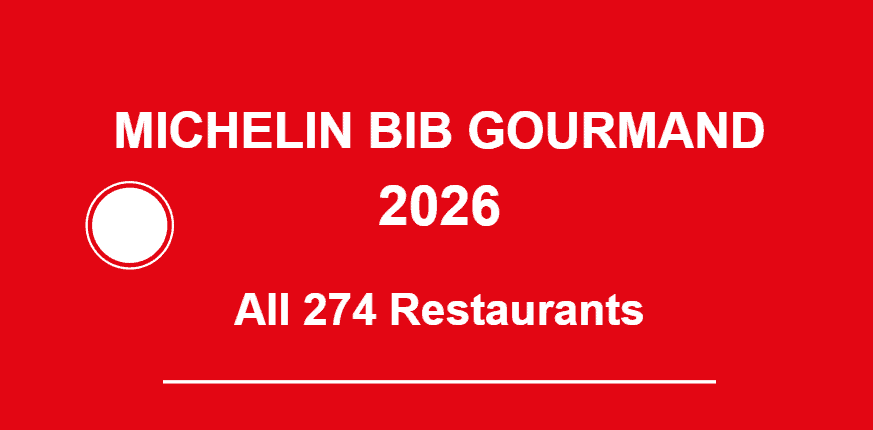
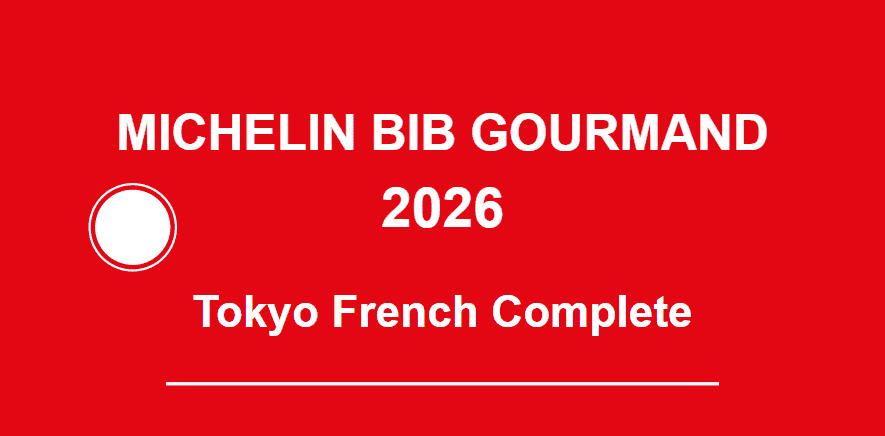
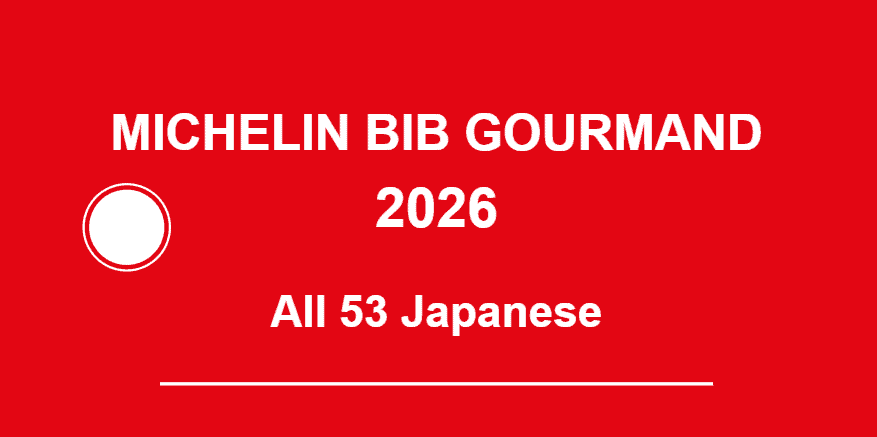
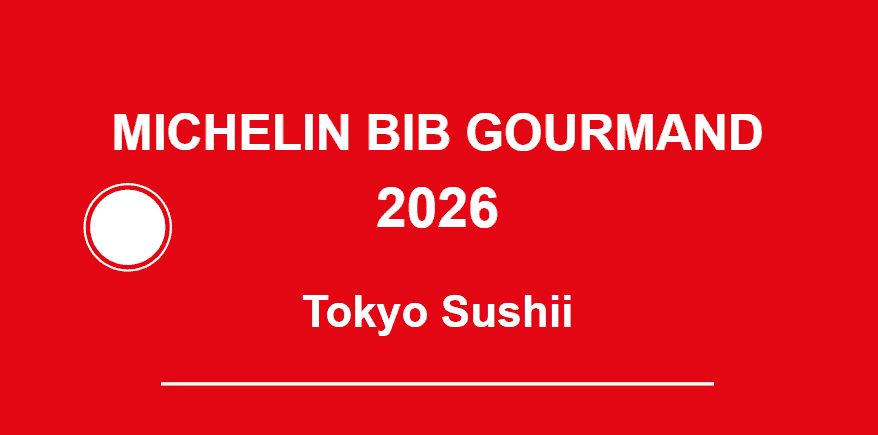
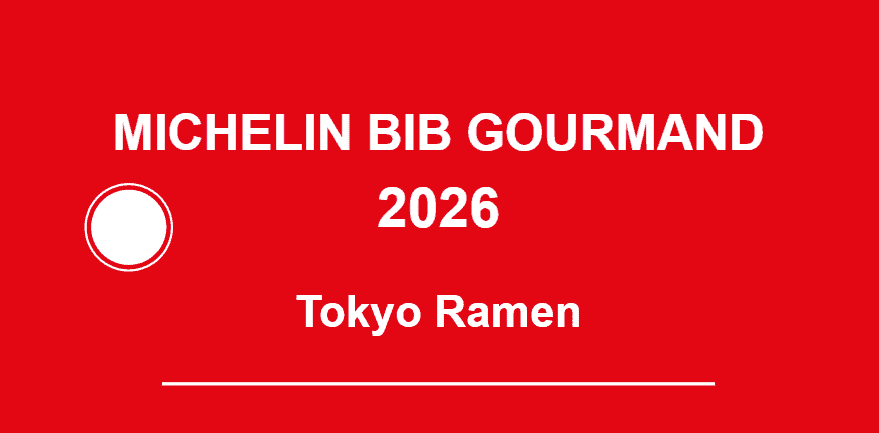
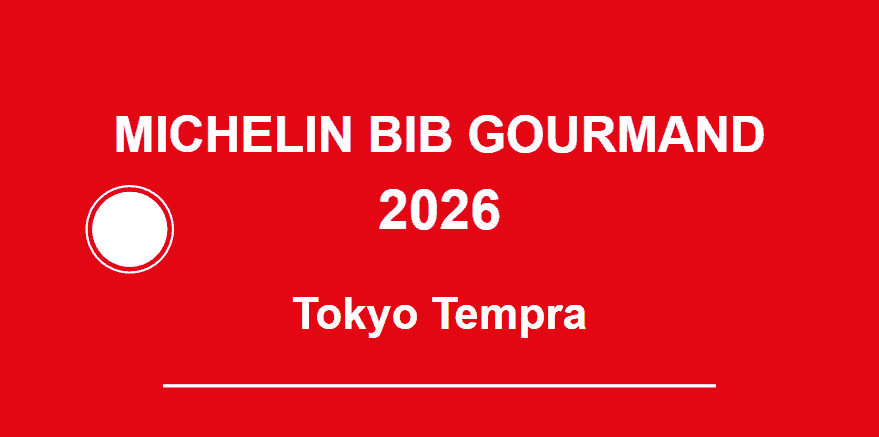
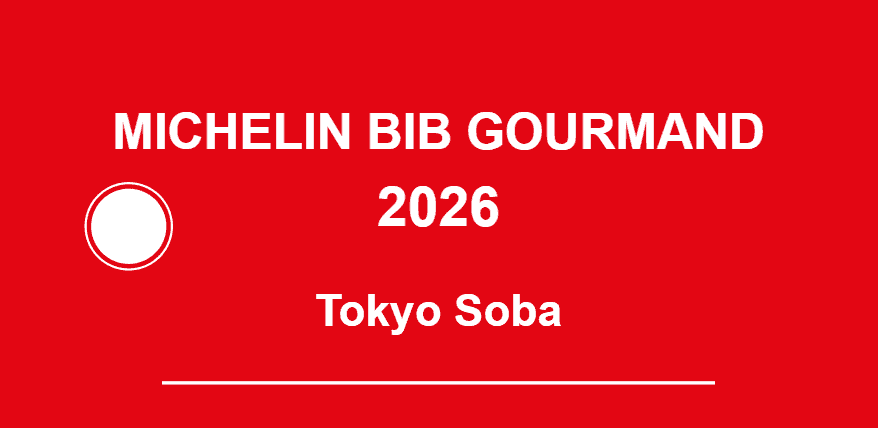
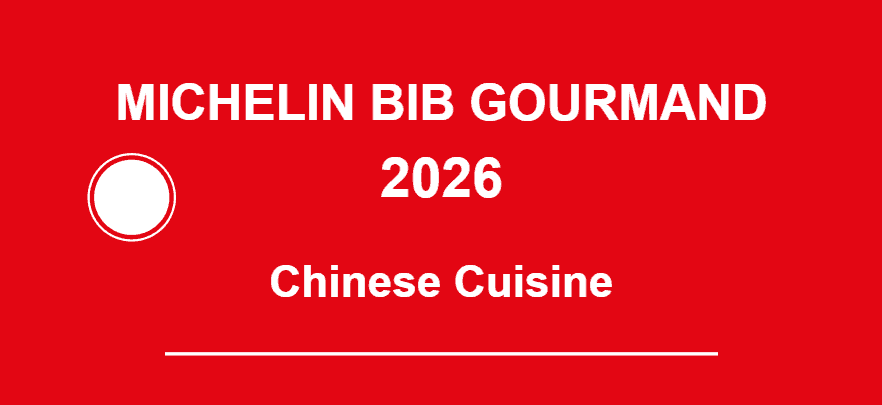
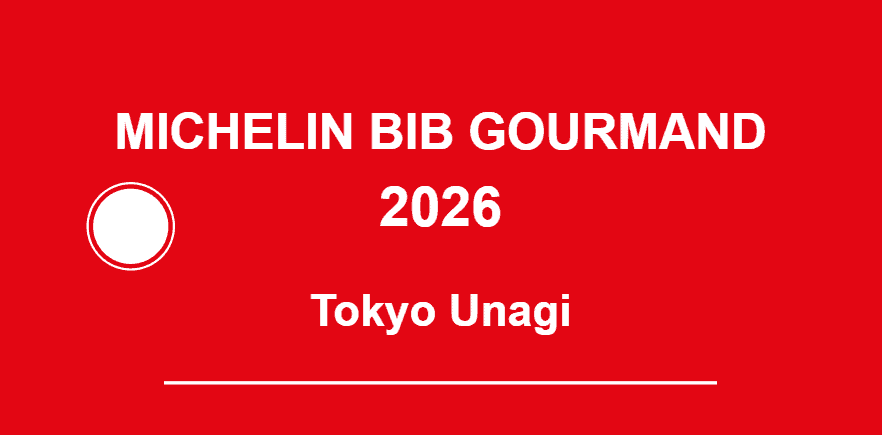
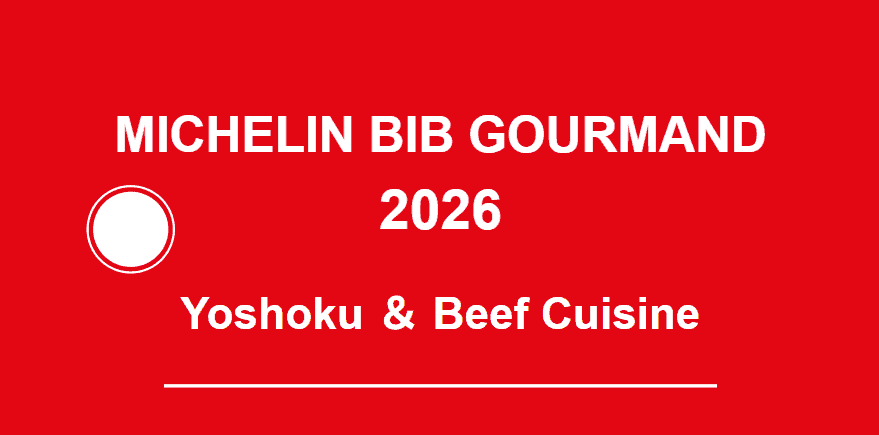
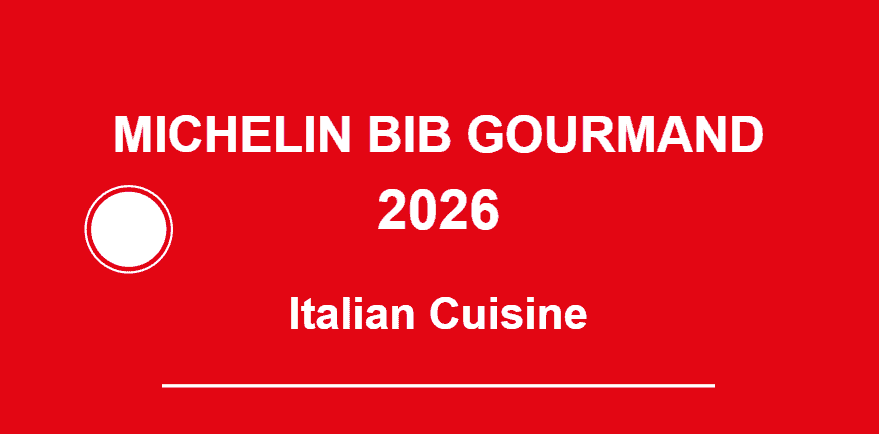

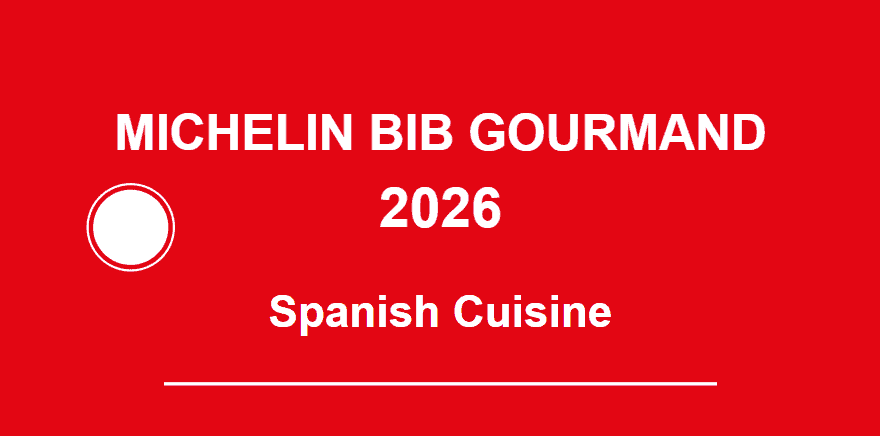
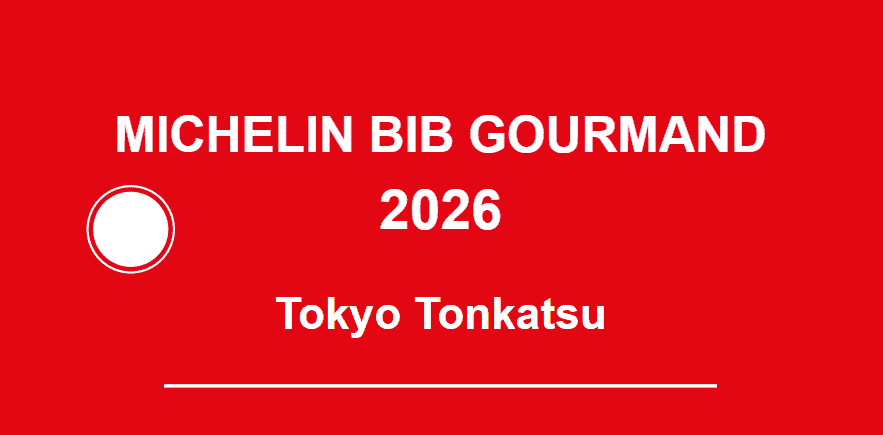
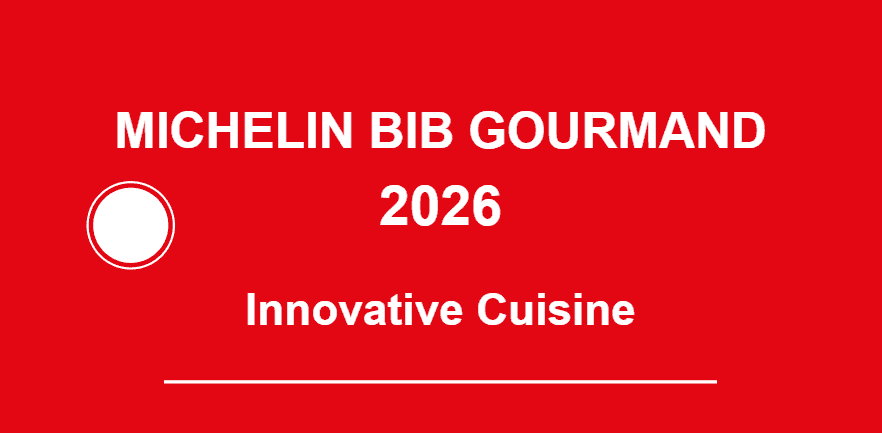
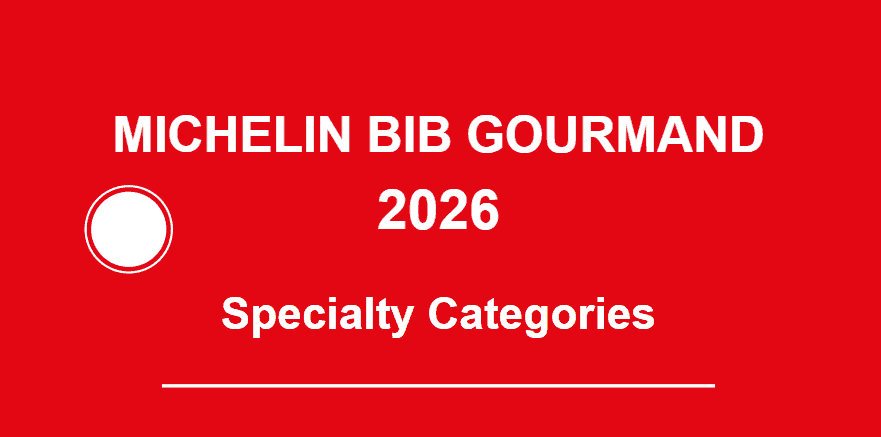
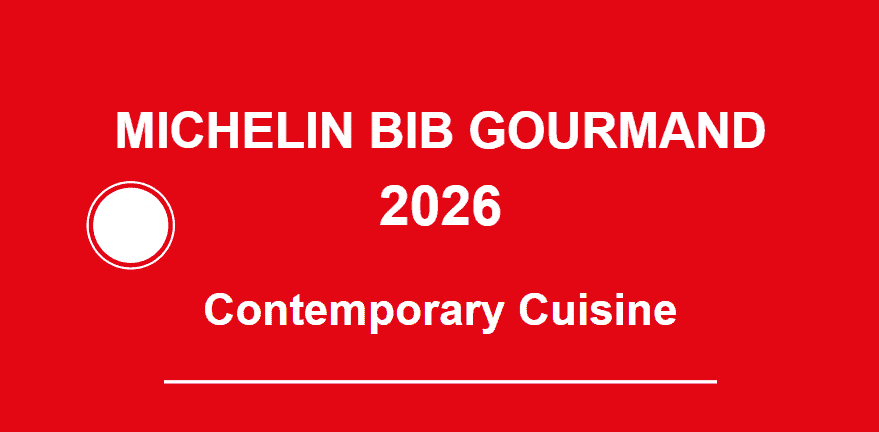
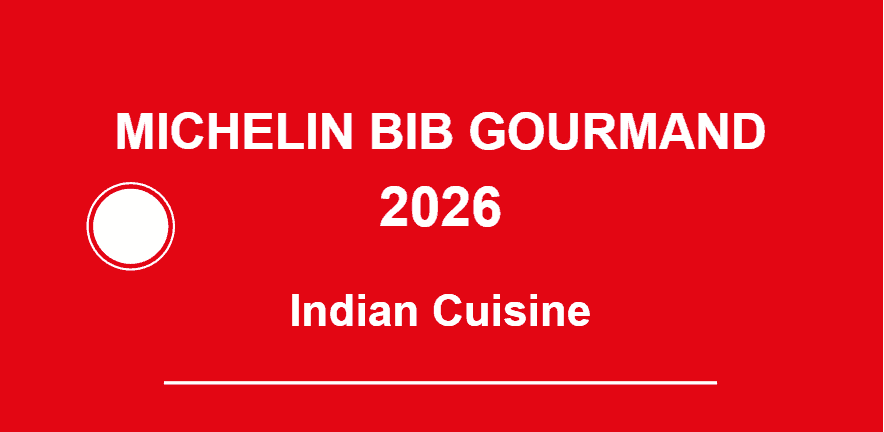
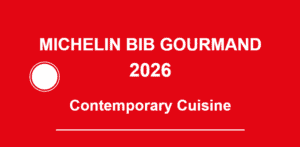
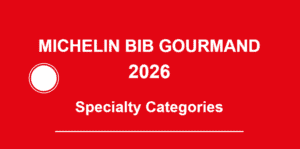
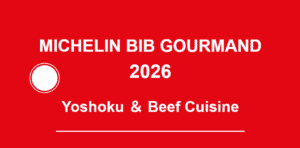

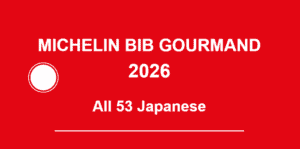
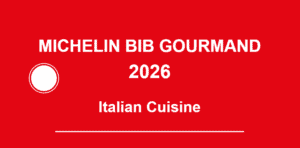
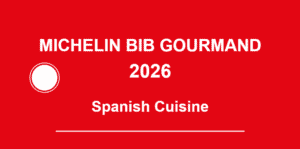

コメント